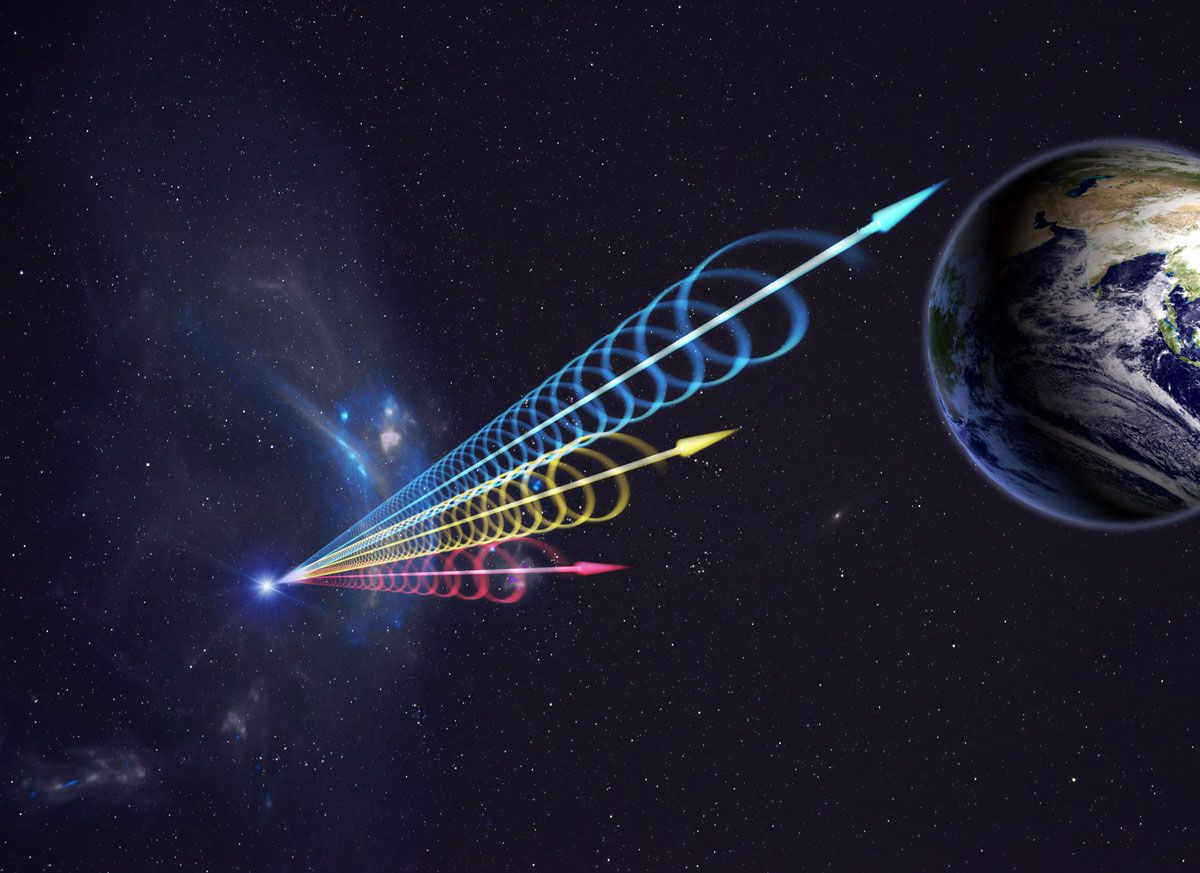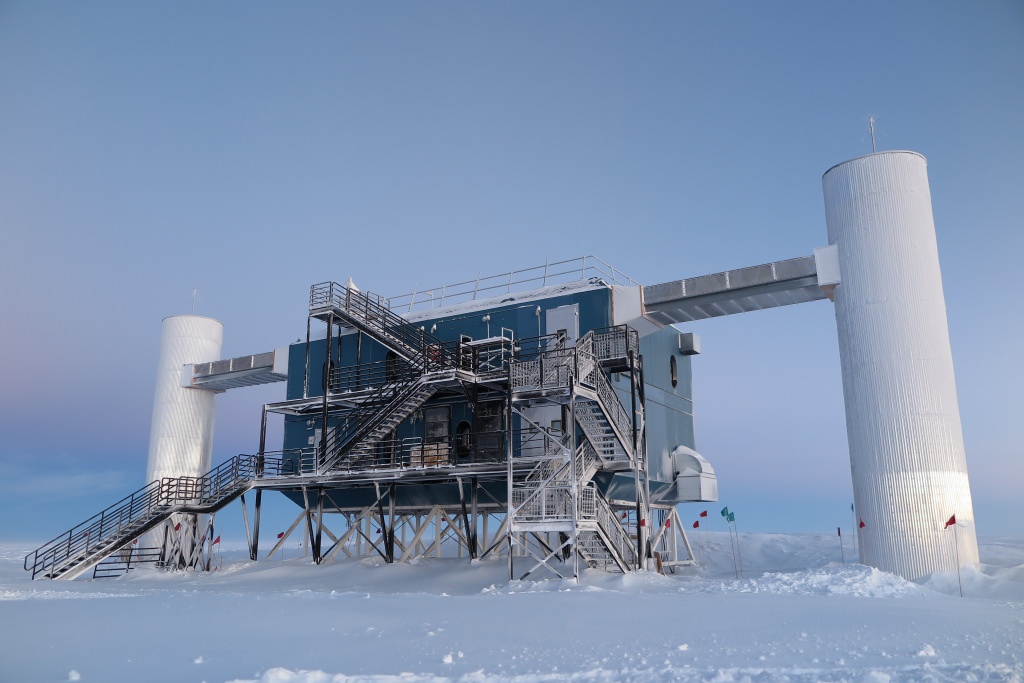
By studying the site of a spectacular stellar explosion seen in April 2020, a Chalmers-led team of scientists have used four European radio telescopes to confirm that astronomy’s most exciting puzzle is about to be solved. Fast radio bursts, unpredictable millisecond-long radio signals seen at huge distances across the universe, are generated by extreme stars called magnetars — and are astonishingly diverse in brightness.
For over a decade, the phenomenon known as fast radio bursts has excited and...
Read More








Recent Comments